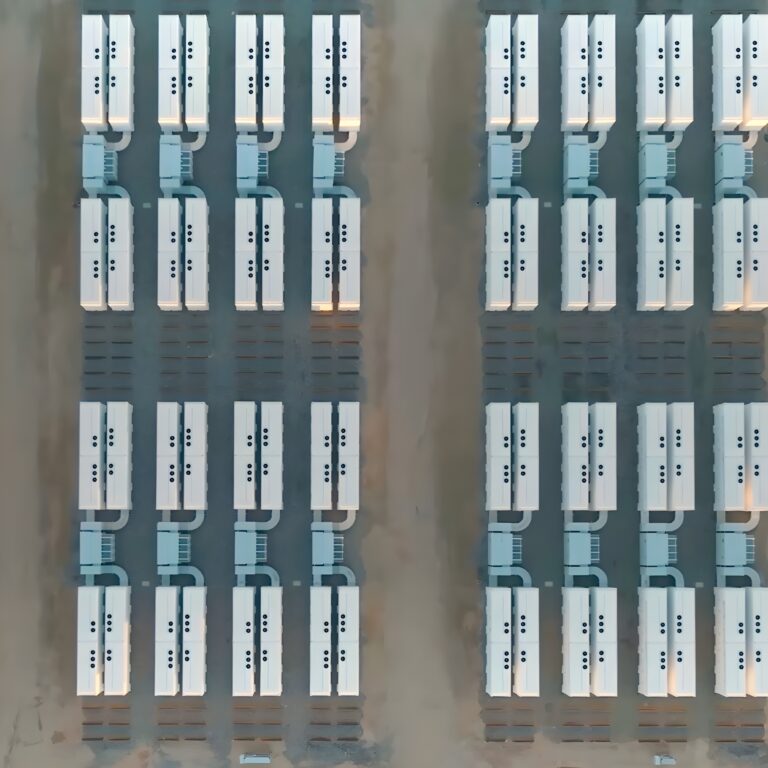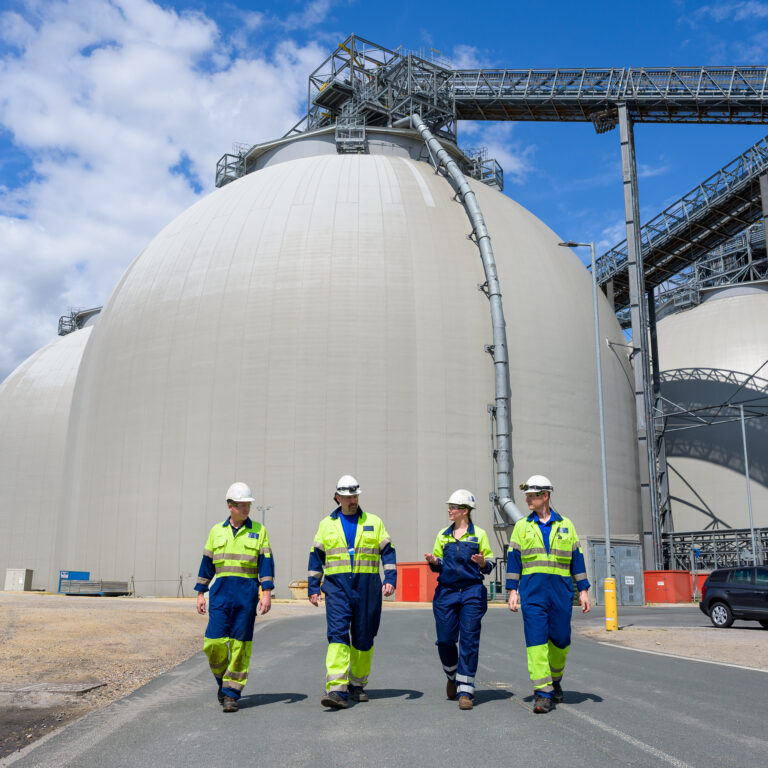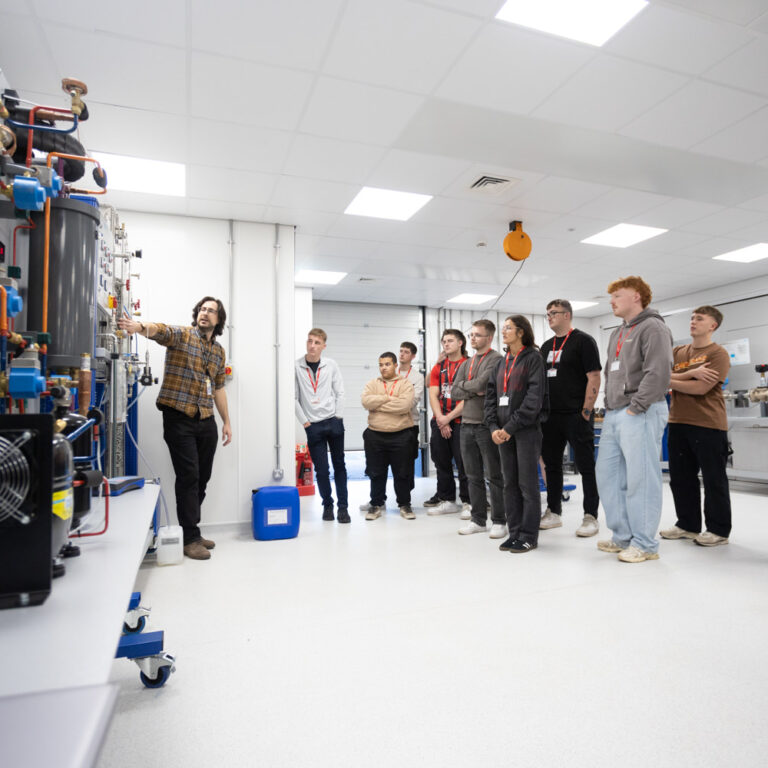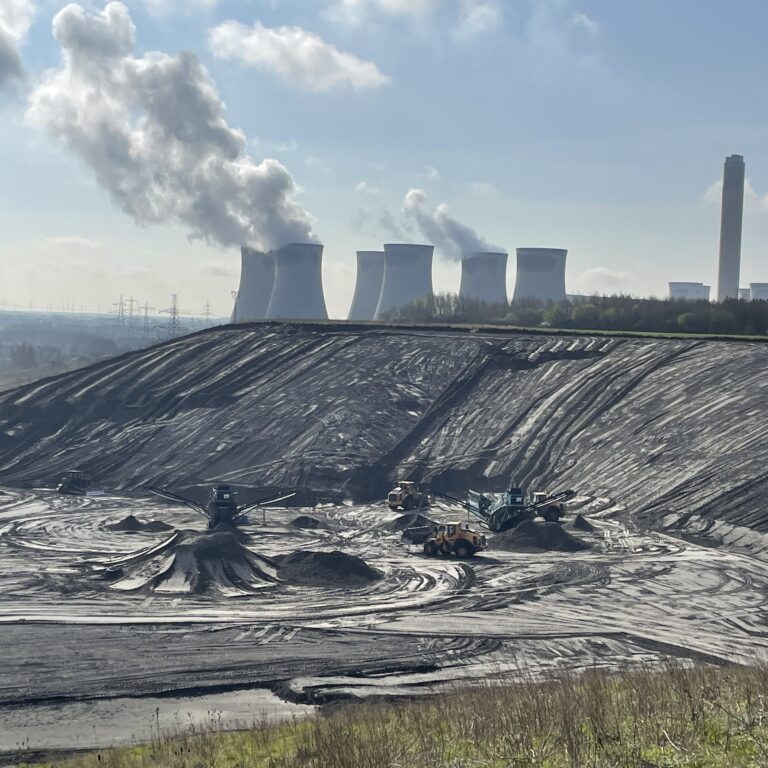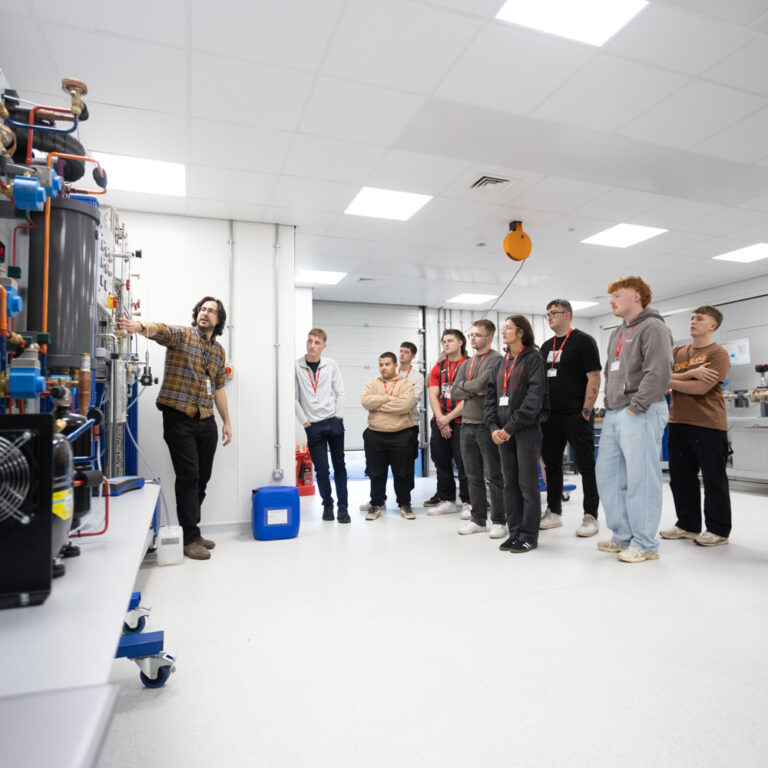Of the air that makes up our atmosphere, the most abundant elements are nitrogen and oxygen. In isolation, these elements are harmless. But when exposed to extremely high temperatures, such as in a power station boiler or in nature such as in lightning strikes, they cling together to form NOx.
NOx is a collective term for waste nitrogen oxide products – specifically nitric oxide (NO) and nitrogen dioxide (NO2) – and when released into the atmosphere, they can cause problems like smog and acid rain.
At a power station, where fuel is combusted to generate electricity, some NOx is inevitable as air is used in boilers to generate heat. But it is possible to reduce how much is formed and emitted. At Drax Power Station, a system installed by Siemens is doing just that.
It begins with a look into swirling clouds of fire.
Not your average fireplace
“Getting rid of NOx is, at heart, a problem of getting combustion temperatures to a point where they are hot enough to burn fuel effectively. Too hot and the combustion will form excess amounts of NOx gases. Too cool and it won’t combust efficiently,” says Julian Groganz, a Process Control Engineer who helped install the SPPA-P3000 combustion optimisation system at Drax. “Combustion temperatures are the result of the given ratio of fuel and air in each spot of the furnace. This is our starting point for optimisation.”
An industrial boiler works in a very different way to your average fireplace. In Drax’s boilers, the fuel, be it compressed wood pellets or coal, is ground up into a fine powder before it enters the furnace. This powder has the properties of a gas and is combusted in the boilers.
“The space inside the boiler is filled with swirling clouds of burning fuel dust,” says Groganz. Ensuring uniform combustion at appropriate temperatures within this burning chamber – a necessary step for limiting NOx emissions – becomes rather difficult.
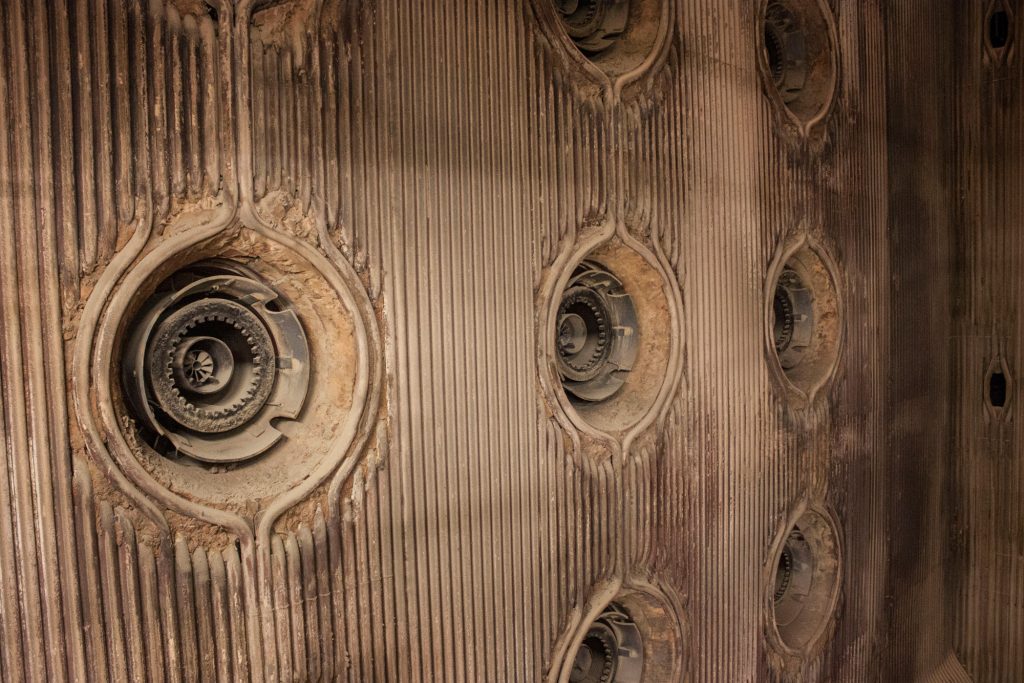
Heat up the cold spots, cool down the hotspots
If you’re looking to balance the heat inside a boiler you need to understand where to intervene.
The SPPA-P3000 system does this by beaming an array of lasers across the inside of the boiler. “Lasers are used because different gases absorb light at different wavelengths,” explains Groganz. By collecting and analysing the data from either end of the lasers – specifically, which wavelengths have been absorbed during each beam’s journey across the boiler – it’s possible to identify areas within it burning fuel at different rates and potentially producing NOx emissions.
For example, some areas may be full of lots of unburnt particles, meaning there is a lack of air causing cold spots in the furnace. Other areas may be burning too hot, forcing together nitrogen and oxygen molecules into NOx molecules. The lasers detect these imbalances and give the system a clear understanding of what’s happening inside. But knowing this is only half the battle.
A breath of fresher air
“The next job is optimising the rate of burning within the boiler so fuel can be burnt more efficiently,” explains Groganz. This is achieved by selectively pumping air into the combustion process to areas where the combustion is too poor, or limiting air in areas which is too rich.
“If you limit the air being fed into air-rich, overheated areas, temperatures come down, which reduces the production of NOx gases,” says Groganz. “If you add air into air-poor, cooler areas, temperatures go up, burning the remaining particles of fuel more efficiently.”
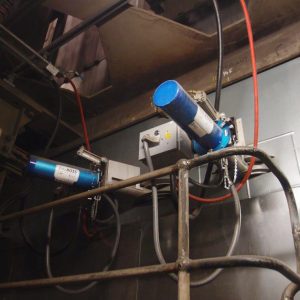
It’s a two-for-one deal: not only does balancing temperatures inside the boiler limit the production of NOx gases, but also improves the overall efficiency of the boiler, bringing costs down across the board. It even helps limit damage to the materials on the inside the boiler itself.
Thanks to this system, and thanks to its increased use of sustainable biomass (which naturally produces less NOx than coal), Drax has cut NOx emissions by 53% since the solution was installed. More than that, it is the first biomass power station to install a system of this sophistication at such scale. This means it is not just a feat of technical and engineering innovation, but one paving the way to a cleaner, more efficient future.








